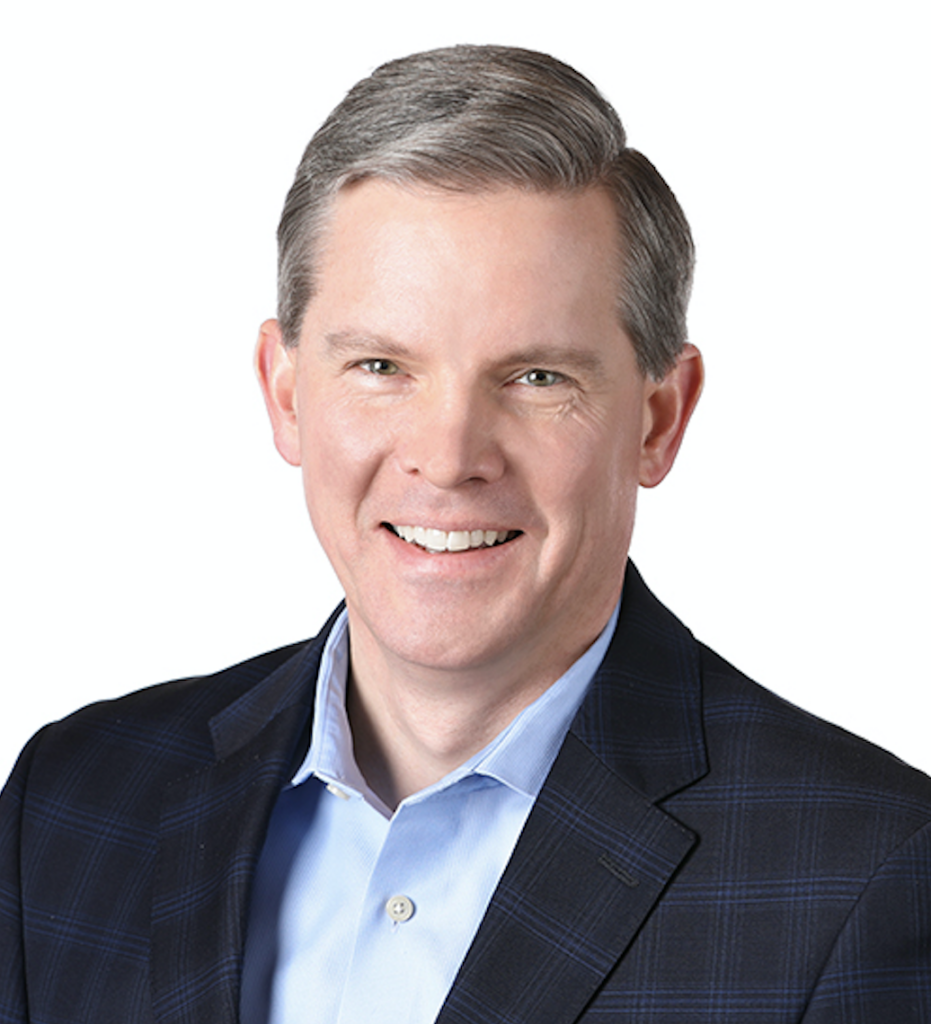
Matthew Smyth has two decades of professional experience in business, strategy, engineering, law and intellectual property. He started his engineering career in the telecommunications space; obtained a law degree and then spent four years as an associate and patent attorney at Fish & Richardson; moved to an in-house legal position at Honeywell, where he provided intellectual property and legal support to a number of global lines of business. He currently serves medical device startups through his own legal/IP/strategy firm, Headland Law & Strategy, and as CEO or outside counsel for a number of startups.
Give us your company’s elevator pitch.
StimSherpa’s digital tuning platform and algorithm optimizes neurostimulation for individuals with spinal cord injury. Globally, more than 300,000 such individuals suffer from loss of control over blood pressure; bladder, bowel, and sexual function; and temperature regulation and movement. Neurostimulation devices can restore these functions when the right settings are selected from among billions of possible settings. StimSherpa’s algorithm identifies optimal, patient-centric settings and has enabled the fastest-growing clinical trial in the spinal cord injury space.
What led you to found your company?
I joined an established academic and clinical team that was well into a clinical trial. The decision to shift from academic/clinical research to a commercial enterprise was made collectively when we saw extremely promising results from the clinical trial. At that point, we determined that the therapy we are developing could be best and most quickly advanced outside of an academic environment. As for the therapy itself, each of us on the founding team has a specific and personal reason for our interest in the neurostimulation space.
How do you balance leading a startup with your everyday life?
Leading or working in a startup is not for the faint-hearted. It requires huge amounts of time, energy, and attention and there is no neat or clean way to balance everything, all of the time. I try to prioritize energy and focus as best I can. That sounds cliché but, for me, that means striving to give 100% of my focus to one task, project, or person at a time — whether in the startup or in everyday life.
What’s one thing people get wrong about startup life?
Startup life is a team sport. Although there are rare cases where one or two brilliant entrepreneurs build something big that becomes a business school case study, my view is that most successful startups are built by well-functioning teams, made up of internal members and external advisers. Building an internal team takes hard work, clear communication, and the ability and desire to push through inevitable tensions and miscommunications that arise in any early endeavor. Building an effective extended team requires the self-awareness to recognize skillsets that are lacking internally and secure those outside.
What’s the best advice you received in your career?
Genuinely listening to team members and advisers and receiving their feedback with an open mind. We entrepreneurs are necessarily self-confident by nature, but we all have our blind spots. I certainly do. I have grown the most professionally when I have been able to overcome a natural tendency to be defensive about past directions or actions and receive well-intentioned feedback from those around me.
What’s the worst advice?
In the context of building a company, it is possible to delegate out too many pieces, too early in a venture. Early on, it is important for an executive to have his or her pulse on, and understand, every aspect of the venture. Once that understanding is reached, the delegation should follow as quickly as possible — but not before.
What do you enjoy most about the Medical Alley community?
The Medical Alley community is incredibly supportive. People move around all the time within that community and tend to be incredibly generous with time, advice, and connections. Just be specific about your need and ask!
What is the next big milestone for your company?
We are preparing for our first significant raise. We have gained significant traction and have demonstrated phenomenal results in the context of a first clinical trial. Very soon, we look forward to engaging a wider network of investors and supporters who will help us advance life-changing therapies for individuals with spinal cord injury.
